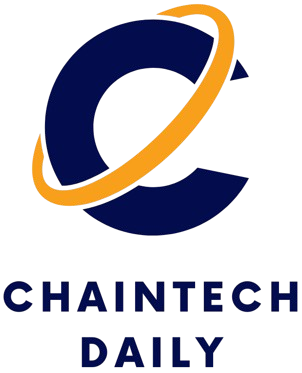Disclosure: The views and opinions expressed here belong solely to the author and do not represent the views and opinions of crypto.news’ editorial.
On February 25, Tether (USDT) CEO Paolo Ardoino asserted that “USDT is the most successful tool for US dollar hegemony and distribution across emerging markets,” adding that the company holds more than $115 billion in US Treasuries—making it the 18th largest holder globally. Yet the most revealing part of his statement was not about numbers but ambition: “I’ll leave it to you to define a competitor trying to use lawfare to kill an opponent instead of focusing on better products.”
In Europe, regulators have recently streamlined rules for stablecoins, easing their adoption across the continent. Markets in Crypto-Assets Regulation is creating robust demand for stablecoin as a currency in settlements. Now, Europe is faced with a final opportunity to build an economy around a stablecoin pegged to the euro.
Why are stablecoins important for the economy?
Stablecoins offer a straightforward mechanism for transactions and calculations. However, their significance for Europe extends beyond convenience—they provide states with the opportunity to raise public spending through debt issuance. Because stablecoins must be fully backed, their issuers purchase government securities, which they then tokenize.
Launching a stablecoin ecosystem creates sustained demand for government bonds. In the context of Europe’s growing need for increased defense spending, this is not an insignificant prospect: stablecoins could facilitate a higher debt load while fostering the development of private companies that, in turn, drive further demand for public bonds.
As a result, the adoption of stablecoin will directly correspond to Europe’s willingness to expand its government bond market to balance its budget and strengthen the euro’s role in global payments.
Why is the clock ticking?
The life cycle of innovation follows a predictable pattern, meaning that the window to introduce a euro-backed stablecoin is narrowing.
In the early phase, the market selects the best-performing solutions. As the industry matures, dominant players erect barriers to entry by increasing the cost of launching competitive alternatives. If you miss the first phase, breaking into the market becomes economically unfeasible—just as launching a new automotive company today requires astronomical investment.
The same applies to blockchain. Crypto’s garage-phase economy is ending, paving the way for major corporations to consolidate power. Soon, a few dominant players will control the space—one of them likely being Tether, which could grow to rival Apple in size.
Opportunities to build massive businesses in crypto are closing rapidly. Companies are emerging with liquidity levels that won’t be attainable for newcomers in the next few years. We’re already seeing the last moments of an open market—the train is leaving the station, and with it, the last major opportunities.
The time pressure is also heightened by geopolitical competition. If an RMB-backed stablecoin gains traction first, a euro-pegged stablecoin may struggle to capture its potential market share in international settlements.
Why has EURT not succeeded?
Euro Tether (EURT) has failed to gain traction primarily due to liquidity constraints: there was little institutional interest in sustaining it. If European banks get involved, however, the Eurozone’s share of cryptocurrency transactions could rise, in the process positioning the euro as a major player in international settlements.
Tether’s stablecoin market share now exceeds the dollar’s fiat share by 1.5 times. This presents an opportunity: a euro-backed stablecoin could capture a portion of the 30% gap in international payments currently up for grabs.
If executed correctly, the Eurozone could, in turn, inject roughly €20 billion into its own economy by driving demand for European government bonds. Currently, Tether’s daily turnover stands at $100 billion—a euro-pegged stablecoin could potentially capture one-fifth of that volume.
The role of regulation
MiCA does not directly regulate European companies but rather sets the framework for those capable of creating a euro-denominated stablecoin market. In this context, European businesses have clear incentives to adopt a euro-pegged stablecoin—minimizing exchange rate risk, facilitating cross-border transactions, and reducing borrowing costs by driving demand for European government bonds.
The odds of success increase if leading EU banks and crypto firms form a consortium to issue a new, euro-backed stablecoin. Brighty is prepared to participate in such an initiative, but success hinges on large players with deep liquidity committing to the project.
Crucially, a new stablecoin must be issued under fresh leadership rather than relying on existing issuers. And, ultimately, those looking to capitalize on this sector must create an entirely new digital currency—one they directly control. Only by taking such steps might the Euro stablecoin win this race against the clock.



